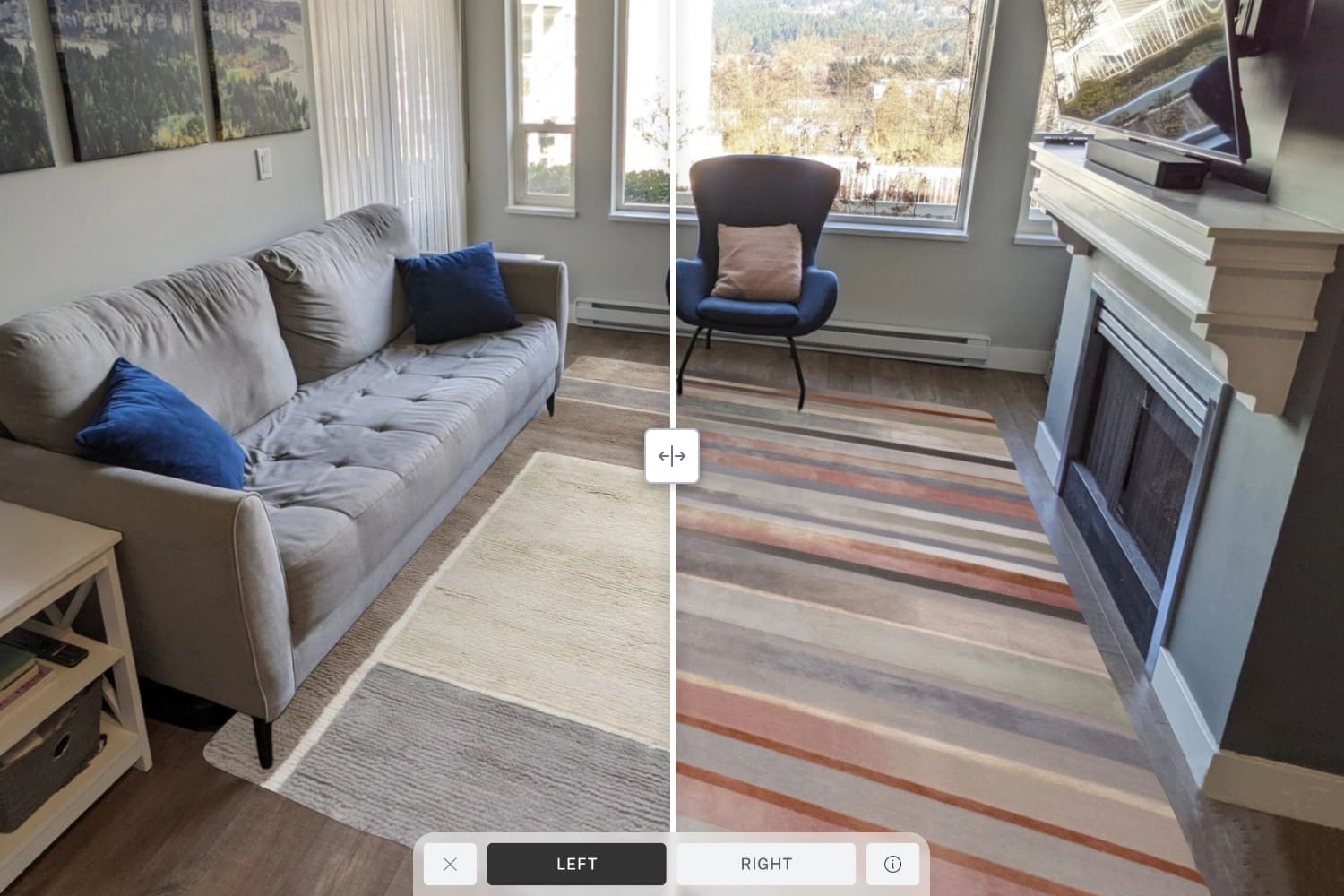In the world of home decor and improvement, closing a sale can be hard enough. When someone decides to decorate or renovate their home, it can be something they ponder for weeks, if not months, before coming to a point where they’re ready to purchase your products.
And even then, there’s no guarantee they’ll keep them.
Last year, U.S. retailers lost $816 billion in sales due to product returns, according to a report conducted by the National Retail Federation (NRF). And their most recent data suggests that home improvement businesses are among the most affected with a return rate of 11.5%, trailing only the auto parts and apparel retail categories.
This can have a detrimental effect on your bottom line — especially when you consider that, in addition to the lost sales revenue, returns can increase labour and shipping costs, cause markdowns, and aren’t always able to be resold.
Unfortunately, returns are part and parcel of doing business. And as shoppers increasingly turn to online shopping, which typically results in higher return rates, they could become even more common unless you’re taking the appropriate steps to reduce them.
Here are a few of those steps to keep in mind.
Make sure your product information is accurate
First things first: your product needs to be exactly what the customer was expecting. And a lot of that comes down the way you describe and depict it on your product detail page (PDP).
So, as much as you may be tempted to stuff your product descriptions with all the trending SEO keywords, it’s more important that they’re 100% accurate. It’s also important to include detailed measurements, such as the width, length, and thickness of your products.
Finally, it’s absolutely vital that your products appear just as they do on your PDPs. Make sure you have a variety of high-resolution images with a sufficient level of zoom, and maybe even some videos, to help customers get a true sense of your product’s features.
The number one reason for returns, according to the 2022 Narvar State of Returns Report, are issues related to sizing and colour. Getting your PDPs right will help eliminate a lot of those issues.
Provide physical (and/or virtual) samples
A good way to avoid surprises is to not only show and tell your customers what they’re getting but also to provide physical samples so they can see for themselves. This way, they can inspect the colour, texture, design, and feel of your products, and at least try to see what they might look like in their own homes — rather than in a showroom, for example.
Sampling products like flooring, tile, and paint comes with some limitations, as we’ll touch on below, but many retailers consider it the first step to a customer finding their perfect match.
And if a customer finds their perfect match, they’ll be far less likely to return it. As an alternative or addition to physical samples, which aren’t always readily available, Roomvo also offers a 3D Virtual Samples option that allows customers to zoom in on the minute details of your products in different lighting conditions — almost as if they were physically in hand.
Encourage room visualization
As noted above, sampling is a good first step.
But even then, there’s still a lot of imagination required — and, as a result, the potential for returns remains.
The Roomvo visualizer helps to bridge the imagination gap. Customers are able to upload a photo of their room, select a product from your catalog, and see how it would look when applied across an entire surface — whether it’s a floor, wall, and/or countertop. This helps customers see the whole picture, rather than having to rely on a small sample.
The result?
More confident purchasing decisions, and fewer returns.
E-commerce tile retailer Tile Warehouse uses Roomvo to complement its physical samples, each of which includes a QR code linking directly to the product in the visualizer on the Tile Warehouse website.
“Customers have seen the product in their room, so they’re ordering from a place of confidence,” said Sian Garvey, Director of Marketing at Tile Warehouse’s parent company Topps Tiles. “Room visualization has become an expectation for consumers.”
Offer free consultations (and how-to resources)
Shopping for home improvement products, let alone installing them in your home, can be overwhelming. It’s not something people do every day. Mistakes are inevitable.
And this can lead to more returns.
One potential solution is to offer free consultations, where you connect your customers with an expert that helps them find the product that best serves their individual needs. Shaw Floors, for example, offers free 30-minute design consultations and, as an incentive, sends customers complimentary samples following their appointment.
The Home Depot also offers virtual consultations via phone or email and in-home measuring/installation appointments, in addition to sharing in-depth buying guides and how-to resources for flooring, kitchen renovations, and other types of products.
Package your products properly
Outside of size, fit, and colour issues, “in-transit product damage” has become one of the primary drivers for returns, according to the 2023 Narvar State of Returns Report.
As Narvar explains, this is often a result of:
- Exposure to the elements
- Cheap packaging materials
- Too much empty space
- Improper handling
With home decor and improvement products, even the smallest crack or crinkle can ruin a customer’s desired aesthetic and lead to a return or exchange. So, it’s important to flag these issues in your fulfillment process and ensure your products arrive as they should.
Deliver exceptional customer service
As much as returns are a challenge for your business, they’re not fun for customers, either. They bought your product for a reason. Most customers would rather not go through the hassle of a return, unless they feel it’s the only option.
So, in some cases, you might actually be able to rescue the return by being available to troubleshoot whatever issue the customer is having. Whether it’s live chat, social media, phone, email, or, ideally, all of the above, make sure your customers know where to reach you when they have a question. And make sure you’re getting back to them in a timely manner.
Gather and analyze customer feedback
So, you’ve followed all these steps and a customer still decides to return your product. End of story, right?
It doesn’t have to be.
“Returns should not be viewed as a total loss,” David Johnston, vice president of asset protection and retail operations for the National Retail Federation, said in a blog.
Instead, with a shift in mindset, Johnston said they can be used as an opportunity to reduce return rates by collecting and analyzing return data, sharing it with manufacturers, and implementing the appropriate changes. There are different ways to collect this data, such as post-return surveys and questionnaires, online reviews, and social media comments.
Regardless, if you can identify why customers are initiating returns, you’ll have a much better chance to limit them in the future.
Written by:
-

Farhan Devji is a published author and content writer who’s written for some of Canada’s biggest newspapers and worked in communications/marketing for close to a decade. His new book, Alphonso Davies: A New Hope, was published in May 2023 with ECW Press.






